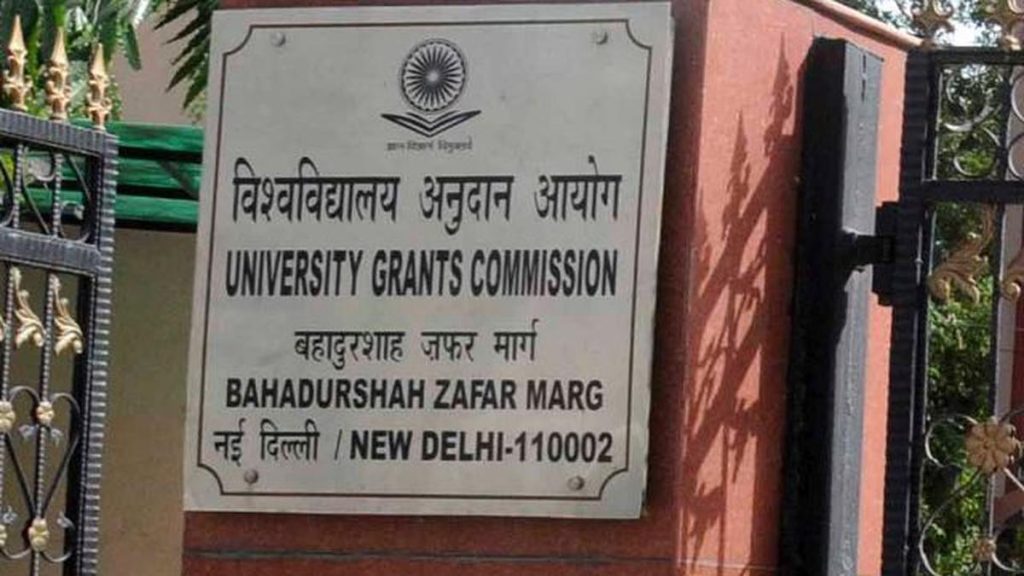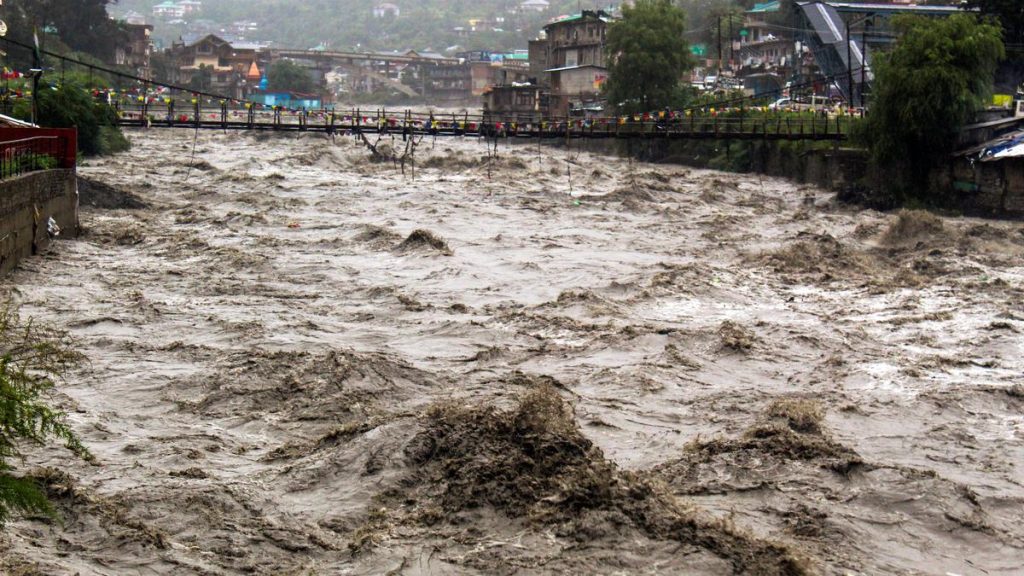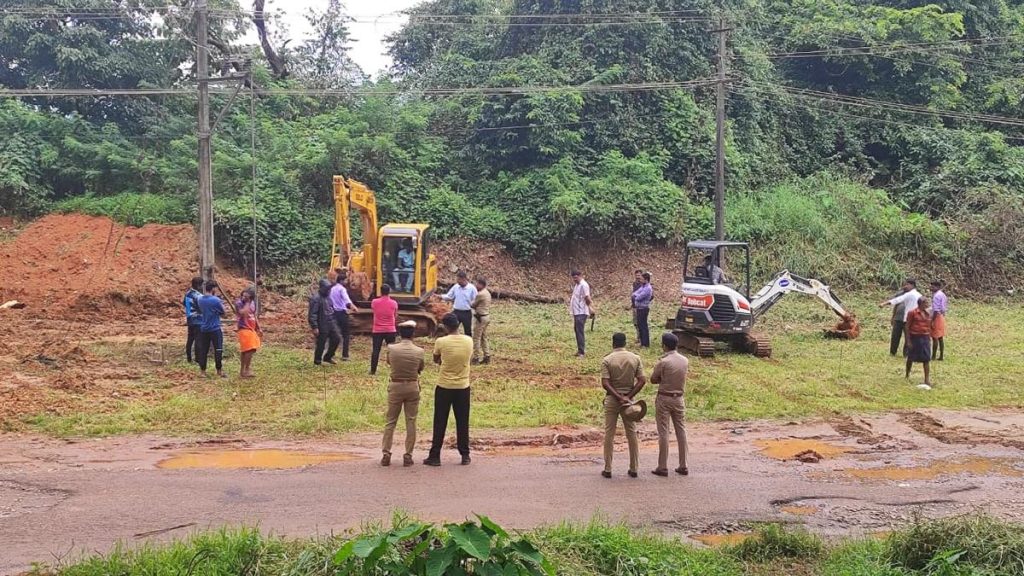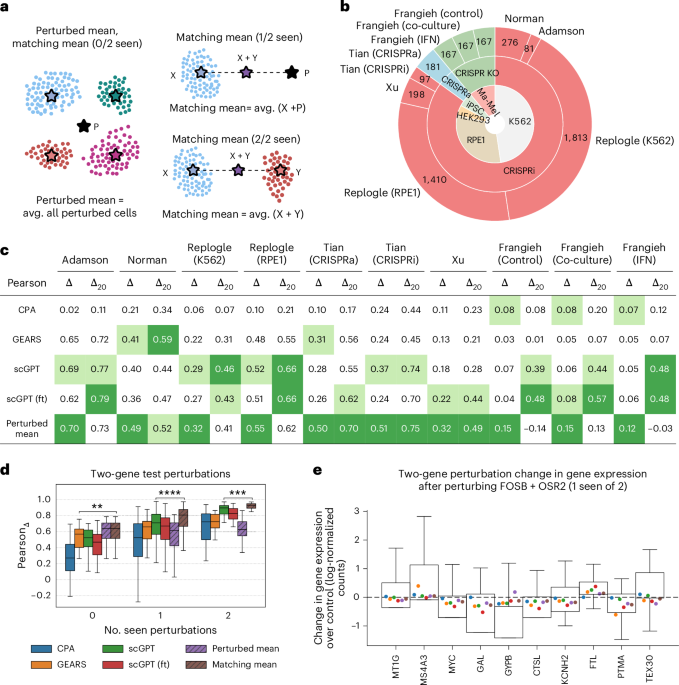Now Reading: Student Drop Sparks Admission Crisis in West Bengal Colleges
-
01
Student Drop Sparks Admission Crisis in West Bengal Colleges
Student Drop Sparks Admission Crisis in West Bengal Colleges
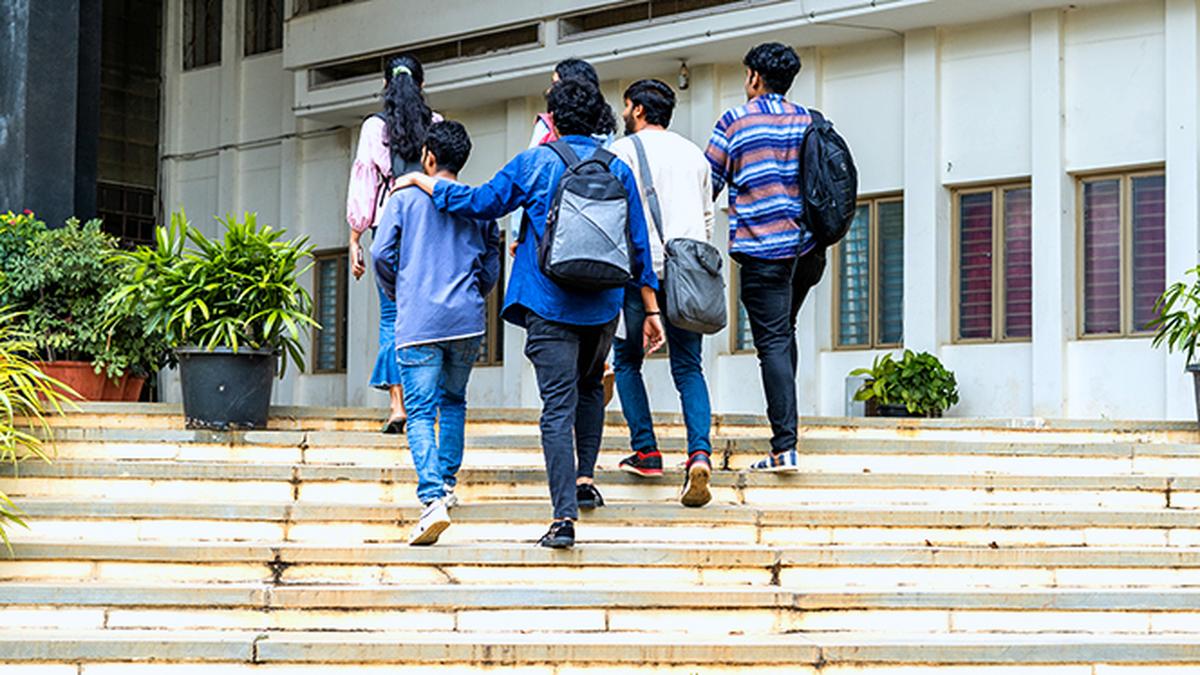
Quick Summary
- West Bengal colleges run or aided by the State Government are witnessing a significant drop in student admissions for undergraduate programs.
- The admission process has been delayed due to a legal issue involving a new OBC list prepared by the state government, alongside several students opting for higher education outside West Bengal.
- Admissions began late through a centralised portal; physical verification for candidates from the first merit list is scheduled between September 23 and 25-right before durga Puja festivities starting September 28.
- Challenges include managing freshers’ classes while fourth-semester university exams continue in Kolkata, coupled with incomplete academic calendars and state disruptions.
- As an example, at Naba Ballygunge Mahavidyalaya, only 131 of 386 applicants had paid their fees as of August 23, with limited attendance at physical verifications initially. similar trends were reported by other institutions like New Alipore College.
- Critics cite delays since higher secondary results on May 7 as problematic in maintaining orderly admissions.
- Shrinking interest is further attributed to fewer Plus-2 exam participants this year and an increasing preference for job-focused career paths over general education.
Indian opinion Analysis
The decline in undergraduate admissions to West Bengal government-aided colleges suggests systemic concerns around administrative inefficiencies and shifting student preferences toward employability-driven courses or out-of-state education options. Delays caused by legal entanglements regarding OBC reservation lists and the absence of synchronisation between universities’ academic calendars have compounded operational challenges.
These developments may point to declining confidence among students in local educational governance structures or curriculum relevance when compared with other states’ offerings. As highlighted by educators, addressing structural inefficiencies such as timely admission schedules and enhancing support services could steady enrollment numbers moving forward, creating better consistency across institutions managing these transitions amidst competing demands.
read more: [Link Unavailable]


